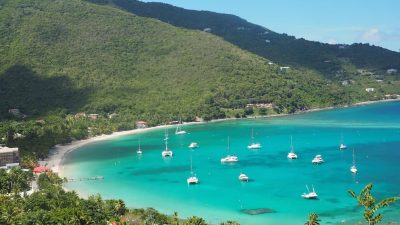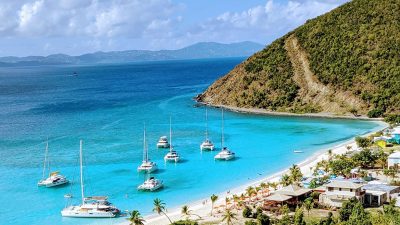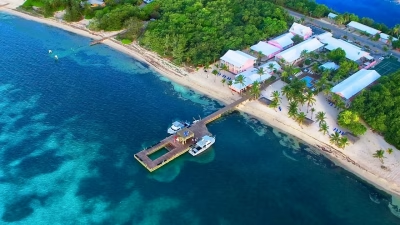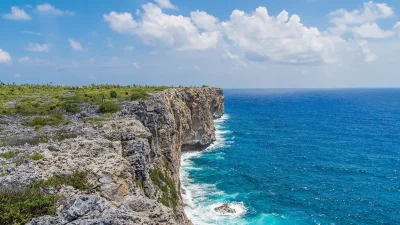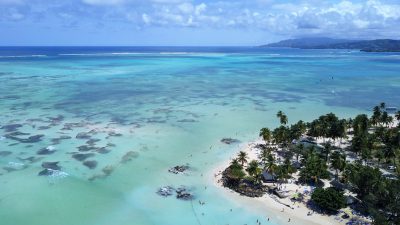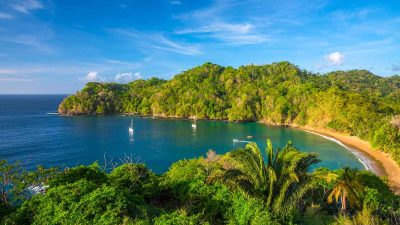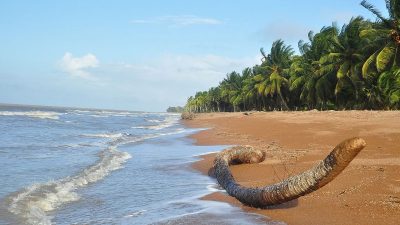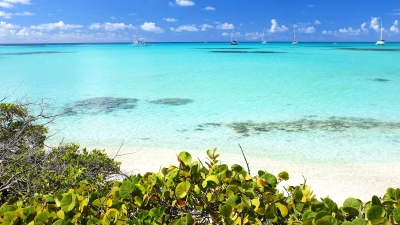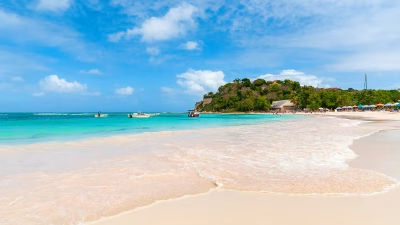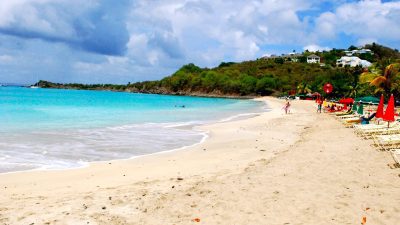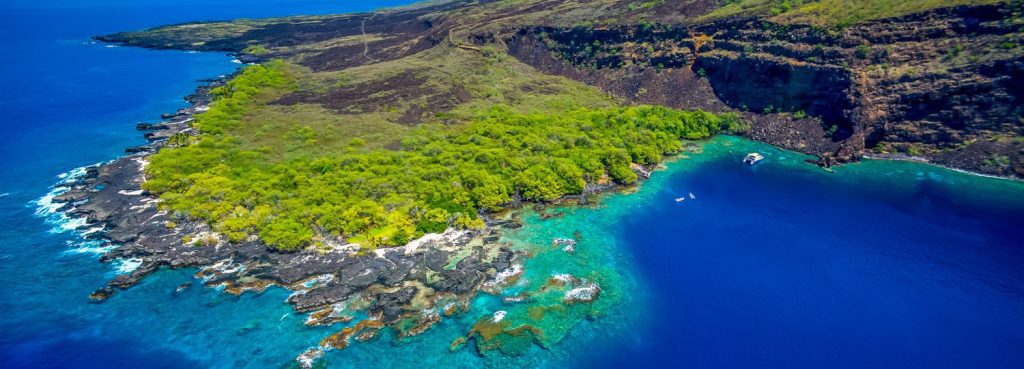
If you’re planning a family trip to the Big Island and snorkeling is on your bucket list, snorkeling Kealakekua Bay with kids should be at the very top. This incredible marine sanctuary, located just 16 miles south of Kailua-Kona, is often considered the best snorkeling spot on the island—and for good reason. With calm, crystal-clear waters, vibrant coral reefs, and a rich tapestry of marine life, it offers an unforgettable experience for parents and kids alike.
Before we dive in, have you seen our ranked lists on Big Island? They might add helpful context and information for your trip.
Discover the Best Kid-Friendly Hotels on the Big Island of Hawaii
Family friendly excursions on Big Island
Kid friendly beaches on Big Island
A Snorkeling Paradise for Families
Kealakekua Bay is a designated Marine Life Conservation District, which means fishing is not allowed. The result? An abundance of colorful reef fish, healthy coral, and rare sea creatures that you’ll likely never see in such numbers elsewhere. You can expect to swim alongside schools of yellow tang, parrotfish, black triggerfish, and possibly even moray eels or the elusive white-tipped reef shark (don’t worry—these shy sharks are safe to swim near!).
Some say this bay helped inspire the coral reef designs in Finding Nemo, and after snorkeling Kealakekua Bay with kids, it’s easy to see why. The reef is lush, teeming with life, and the water is so clear you can see 80 feet or more in every direction. It’s like swimming in a giant tropical aquarium.
Why a Tour is the Best Option for Families
Reaching the best snorkeling area—near the Captain Cook Monument on the north shore of the bay—is an adventure in itself. There are no lifeguards, no bathrooms, and no showers, so this isn’t your typical beach day. You can hike in, kayak, or take a boat tour, but for families, we highly recommend a guided snorkeling or kayaking tour.
Why? The 4-mile round-trip hike to the Captain Cook Monument is steep, rocky, and fully exposed to the Hawaiian sun. While doable for fit adults and older teens, it’s challenging and not ideal for young kids or anyone carrying gear. Plus, once you arrive, there’s no shade or sandy beach to relax on—just lava rock, thorny kiawe trees, and a small concrete pier.
Tours, on the other hand, provide safe and easy access right into the heart of the snorkeling area. Many operators depart from nearby locations and offer family-friendly options with gear included. Some even provide educational insights into the marine preserve and the rich history of the bay.
A Reef Rich in History
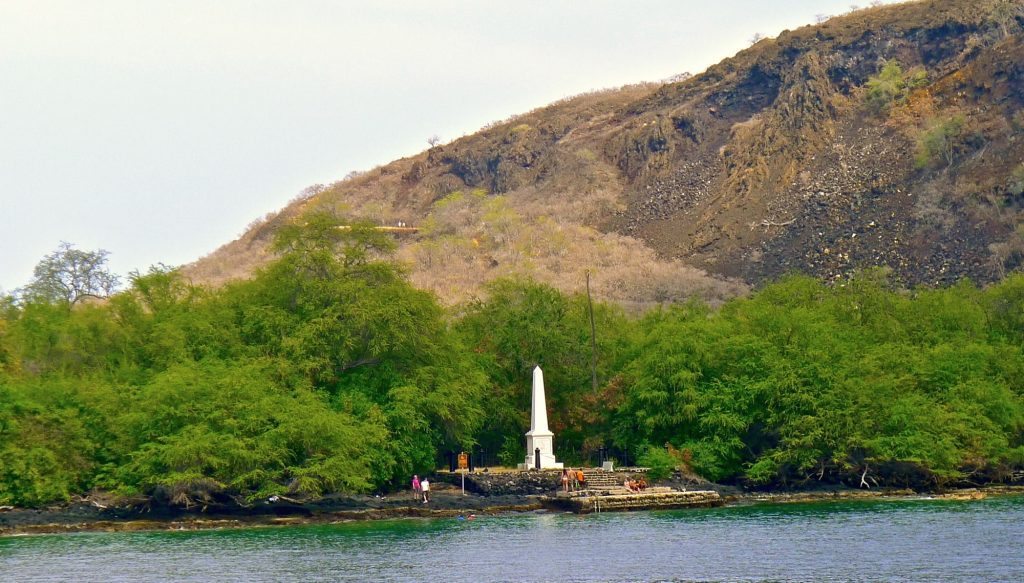
Kealakekua means “Pathway of the Gods,” and this sacred bay has deep historical roots. In 1778, British explorer Captain James Cook anchored here, mistaking the site’s natural harbor and spiritual aura as a safe haven. The Hawaiians, in turn, believed he was their god Lono. Sadly, the relationship soured, and Cook was killed shortly after. A white obelisk marking the Captain Cook Monument now stands near the snorkeling site, a reminder of the bay’s storied past.
But Cook’s visit wasn’t the only historical event of note. In this very bay, the future King Kamehameha met George Vancouver, a British midshipman and later captain. The two developed a friendship that influenced Hawaii’s future. Vancouver returned 15 years later, bringing cattle, sheep, and the British flag—an influence you can still see today in the design of Hawaii’s state flag.
What to Expect in the Water
The best snorkeling is near the rocky shoreline by the Captain Cook Monument, particularly along the cliffside. Water depths range from 8 to 20 feet, gradually dropping to over 200 feet as you move toward the center of the bay. Thanks to the exceptional visibility, coral grows even at depths of 100 feet!
You’ll find every corner of this reef teeming with life. Watch for schools of fish darting between coral heads, look under ledges for shy squirrelfish, and don’t miss the crown-of-thorns sea stars or big longnose butterflyfish—rare and beautiful! If you’re lucky, you may hear the clicks and whistles of nearby spinner dolphins. Sound travels better in water than air, so even if you don’t see them, you may hear their playful communication.
Just be cautious of the ocean side (left side when facing the bay from shore), where strong currents can pose a hazard. The right side, along the cliffs, tends to have gentler waters, making it safer for families to explore.
Video of Snorkeling at Kealakekua Bay
Tips for Visiting Kealakekua Bay
- Book a tour: A guided kayak or snorkeling tour makes the experience easy, educational, and safe—ideal for families.
- Bring reef-safe sunscreen: Protect Hawaii’s delicate coral reefs and your skin.
- Pack water and snacks: There are no facilities at the bay.
- Wear water shoes: The entry points are rocky, and kiawe thorns are no joke.
- Be respectful of the environment: This is a protected area. Please don’t touch coral or disturb marine life.
Final Thoughts on Snorkeling Kealakekua Bay With Kids
Kealakekua Bay isn’t your typical beach-day destination—it’s something much more magical. It’s a place where your kids can float over vibrant reefs, learn about marine life, and soak up centuries of Hawaiian history in a single afternoon. Whether you arrive by kayak or tour boat, the experience will leave your family with memories to last a lifetime.
So grab your snorkel gear, pack your sense of adventure, and get ready to explore one of Hawaii’s most iconic underwater treasures. Kealakekua Bay truly is a journey to the heart of Hawaii—both past and present.
Looking for more ideas to plan your Big Island vacation with kids? These guides offer helpful details for family-friendly activities, easy hikes, and beach days:
- Big Island Hawaii Family Bucket List
- Best Snorkeling Spots on the Big Island for Families
- Snorkeling with Manta Rays on the Big Island
- Easy Hikes on the Big Island for Families
Check out our ranked lists for more family travel picks:
- Best Things to Do on the Big Island with Kids (Ranked)
- Best Family Beaches on the Big Island (Ranked)
- Best Family Stays on the Big Island (Ranked)
For general travel info, visit the Wikivoyage page on the Big Island.

